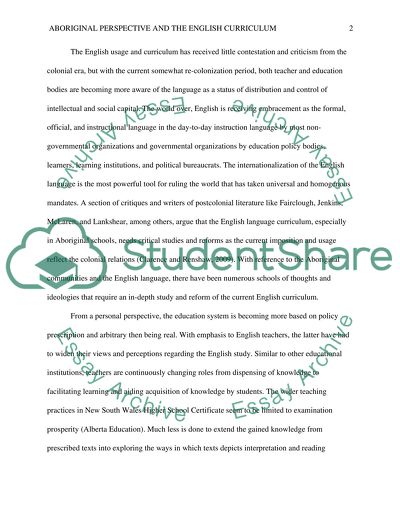Cite this document
(“Indigenous People and Cultures Essay Example | Topics and Well Written Essays - 2000 words”, n.d.)
Indigenous People and Cultures Essay Example | Topics and Well Written Essays - 2000 words. Retrieved from https://studentshare.org/education/1442039-indigenous-peoples-and-cultures
Indigenous People and Cultures Essay Example | Topics and Well Written Essays - 2000 words. Retrieved from https://studentshare.org/education/1442039-indigenous-peoples-and-cultures
(Indigenous People and Cultures Essay Example | Topics and Well Written Essays - 2000 Words)
Indigenous People and Cultures Essay Example | Topics and Well Written Essays - 2000 Words. https://studentshare.org/education/1442039-indigenous-peoples-and-cultures.
Indigenous People and Cultures Essay Example | Topics and Well Written Essays - 2000 Words. https://studentshare.org/education/1442039-indigenous-peoples-and-cultures.
“Indigenous People and Cultures Essay Example | Topics and Well Written Essays - 2000 Words”, n.d. https://studentshare.org/education/1442039-indigenous-peoples-and-cultures.


